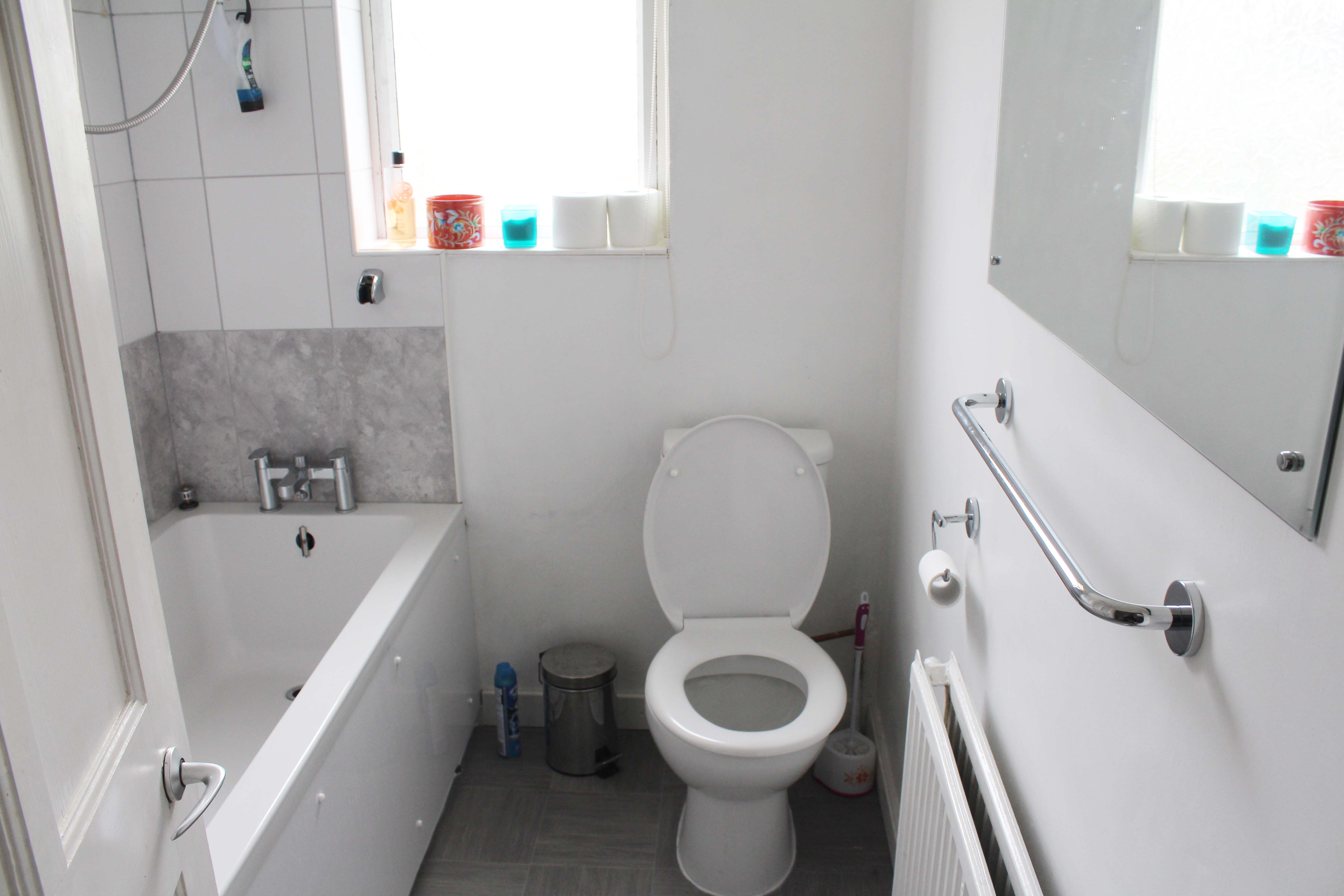Sanitary pipework
Sanitary pipework is above-ground pipework that is used to carry water from toilets, sinks, basins, baths, showers, bidets, dishwashers, washing machines, and so on, out of a building to the sewage system. The equivalent underground pipework is referred to as foul drainage and sewers.
According to the Building Regulations Approved Document G, every modern home must have a WC fitted that is connected direct to the drainage system, with a basin fitted next to the WC with a supply of hot and cold water. In addition, every home must have a fixed bath or shower with a hot and cold water supply, and all appliance connections that are connected to the drainage system must have a trap to prevent odours and dangerous gases building up inside.
Sanitary pipework system should be designed according to the Building Regulations Approved Document G and H, and should conform with BS EN 12056:2:2000, 'Gravity drainage systems inside buildings. Sanitary pipework, layout and calculation'.
Traditionally, sanitary pipework was manufactured using metals such as cast iron, copper or lead; however, modern designs predominantly use plastics such as uPVC, high-density polyethylene (HDPE), polypropylene and so on. They are generally connected by some form of welding (such as solvent welding) or using push-fit fittings.
The pipes are designed to different diameters depending on the appliance which they are connected. For example, a WC typically uses a 110 mm diameter pipe; baths, showers, sinks, washing machines use 40 mm diameter pipes; a bidet uses a 32 mm diameter pipe, and so on. The pipes are laid out to a slope or ‘fall’ which allows wastewater to drain away without leaving debris behind and avoiding blockages.
Sanitary pipework is typically connected to a soil vent pipe (SVP) which is a vertical pipe often attached to the exterior of a building that connects the drainage system to a point just above the level of the roof gutter allowing odours to be released. Venting the stack prevents water seals in traps from being broken by pressure build ups in the system.
[edit] Related articles on Designing Buildings
- Air admittance valve.
- All eyes up to plastic rainwater systems.
- Approved Document H.
- Bidet.
- Cesspool.
- Drainage.
- Drainage stack.
- Greywater.
- Lavatorium.
- Pipework.
- Plumbing.
- Private sewer.
- Public sewer.
- Rain gutter.
- Rainwater downpipe.
- Rising main.
- Sanitaryware.
- Septic tank.
- Sewer construction.
- Sewerage.
- Sink.
- Soil vent pipe.
- Waste water.
Featured articles and news
RTPI leader to become new CIOB Chief Executive Officer
Dr Victoria Hills MRTPI, FICE to take over after Caroline Gumble’s departure.
Social and affordable housing, a long term plan for delivery
The “Delivering a Decade of Renewal for Social and Affordable Housing” strategy sets out future path.
A change to adoptive architecture
Effects of global weather warming on architectural detailing, material choice and human interaction.
The proposed publicly owned and backed subsidiary of Homes England, to facilitate new homes.
How big is the problem and what can we do to mitigate the effects?
Overheating guidance and tools for building designers
A number of cool guides to help with the heat.
The UK's Modern Industrial Strategy: A 10 year plan
Previous consultation criticism, current key elements and general support with some persisting reservations.
Building Safety Regulator reforms
New roles, new staff and a new fast track service pave the way for a single construction regulator.
Architectural Technologist CPDs and Communications
CIAT CPD… and how you can do it!
Cooling centres and cool spaces
Managing extreme heat in cities by directing the public to places for heat stress relief and water sources.
Winter gardens: A brief history and warm variations
Extending the season with glass in different forms and terms.
Restoring Great Yarmouth's Winter Gardens
Transforming one of the least sustainable constructions imaginable.
Construction Skills Mission Board launch sector drive
Newly formed government and industry collaboration set strategy for recruiting an additional 100,000 construction workers a year.
New Architects Code comes into effect in September 2025
ARB Architects Code of Conduct and Practice available with ongoing consultation regarding guidance.
Welsh Skills Body (Medr) launches ambitious plan
The new skills body brings together funding and regulation of tertiary education and research for the devolved nation.
Paul Gandy FCIOB announced as next CIOB President
Former Tilbury Douglas CEO takes helm.
UK Infrastructure: A 10 Year Strategy. In brief with reactions
With the National Infrastructure and Service Transformation Authority (NISTA).
























Comments